CARBOHYDRATES: WHAT KIND ARE YOU EATING THIS HOLIDAY?
‘Tis the season for family, festivity, and food—lots of food, and this normally disrupts daily routines. How do you stick to a healthy plan when everyone around you seems to be splurging?
While you may not be able to control what food you’re served, you can start by limiting how many simple carbs you consume such as pies, sugar drinks and white bread. These types of carbs do not satisfy hunger very well and are typically present in foods with low nutritional content.
In order to do this, try to pick good carbs that are rich in nutrients and pay attention to portion sizes.
Complex “Good” Carbs
- Whole wheat breads, pastas, and flour
- Brown and wild rices
- Barley
- Quinoa
- Potatoes
- Corn
- Legumes, such as black beans, chickpeas, lentils, and others
Simple “Bad” Carbs
- Soda
- Candy
- Cookies
- Pastries and desserts
- Sweetened beverages, such as lemonade or iced tea
- Energy drinks
- Ice cream
When it comes to the holidays, it’s ok to splurge a little but the best way to make sure you don’t consume too many excess carbs is to load up on the protein of choice like turkey or ham and veggies. This will help you to stay fuller longer while the veggies—packed with fiber—will fill you up and keep you satisfied.
Happy holidays!

